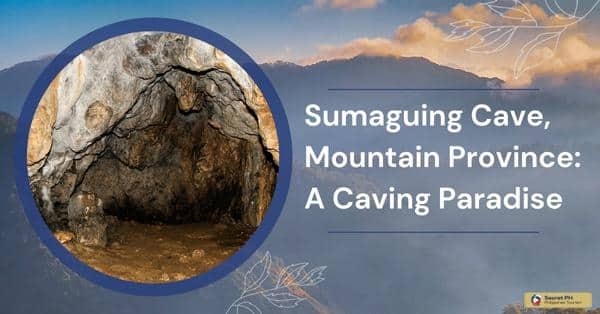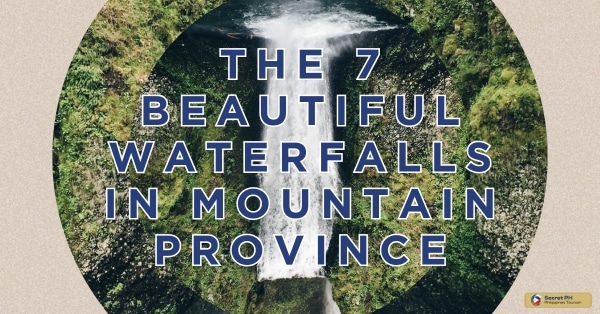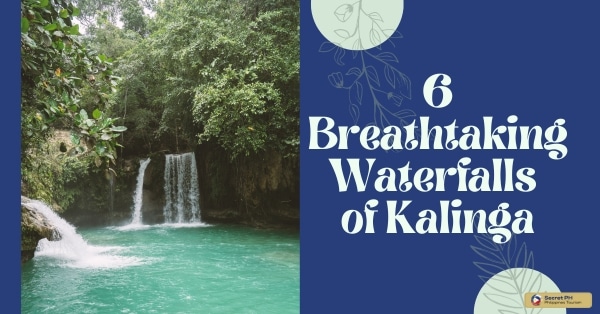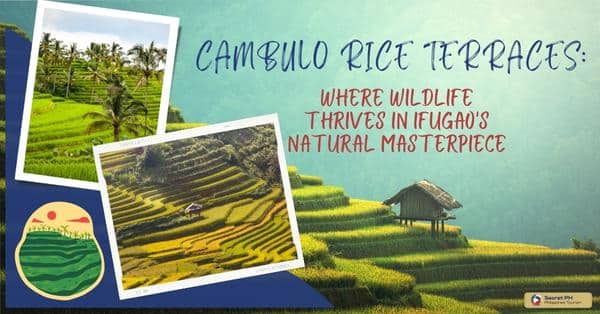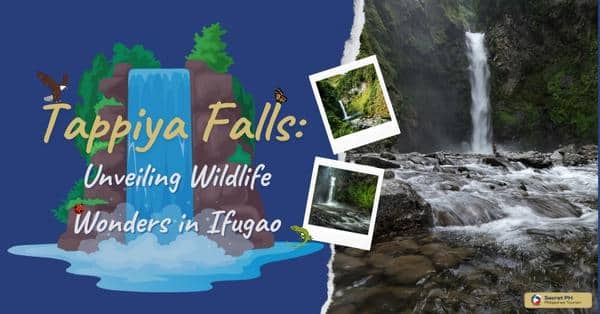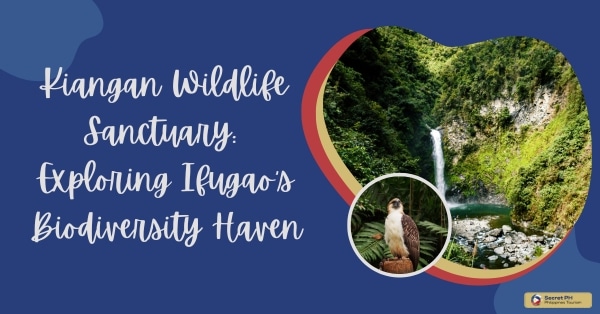Exploring the national parks of the Philippines can be a great way to experience nature’s paradise. The country is home to 12 national parks that offer visitors stunning landscapes, diverse wildlife, and unique opportunities for outdoor adventure. From Puerto Princesa Subterranean River National Park in Palawan to Mount Iglit-Baco Natural Park in Occidental Mindoro, each of these parks is unique in its own way.
In this article, we’ll provide an overview of the 12 national parks and some helpful tips for exploring them. So pack your bags and get ready to experience the beauty of the Philippines’ natural wonders!
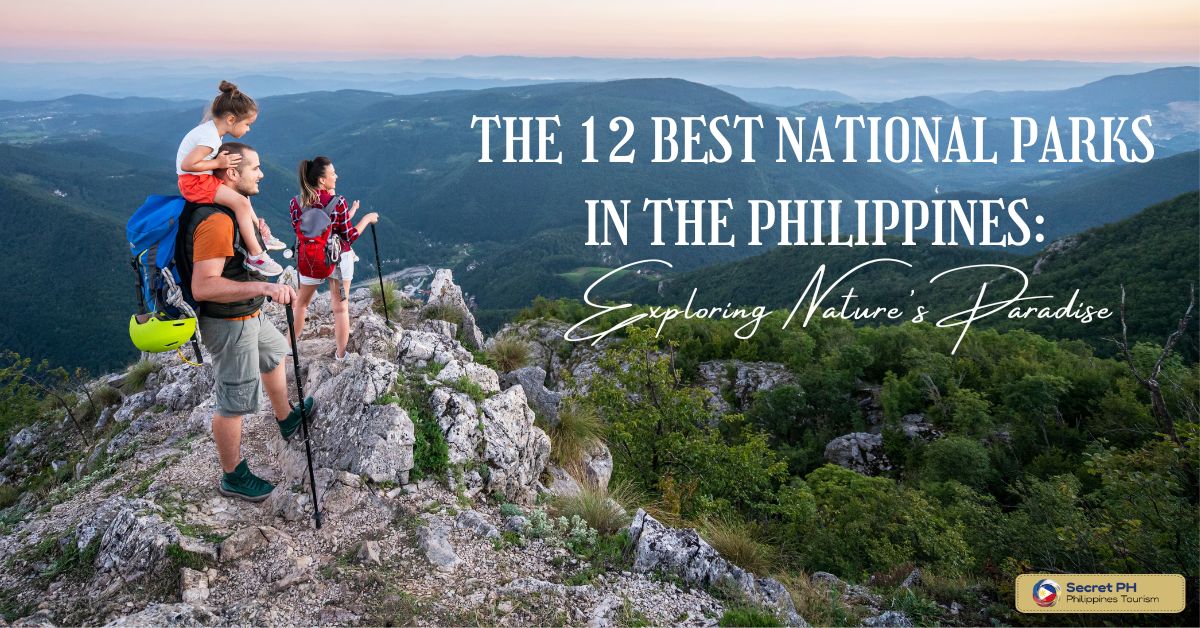
Why Explore the National Parks of the Philippines?
The national parks of the Philippines are some of the most beautiful and diverse in the world. They provide visitors with a chance to experience stunning landscapes, diverse wildlife, and unique outdoor activities like hiking and bird-watching.
What’s more, many of these parks also offer valuable educational opportunities for students and families, who can learn about the country’s rich cultural heritage and important environmental issues.
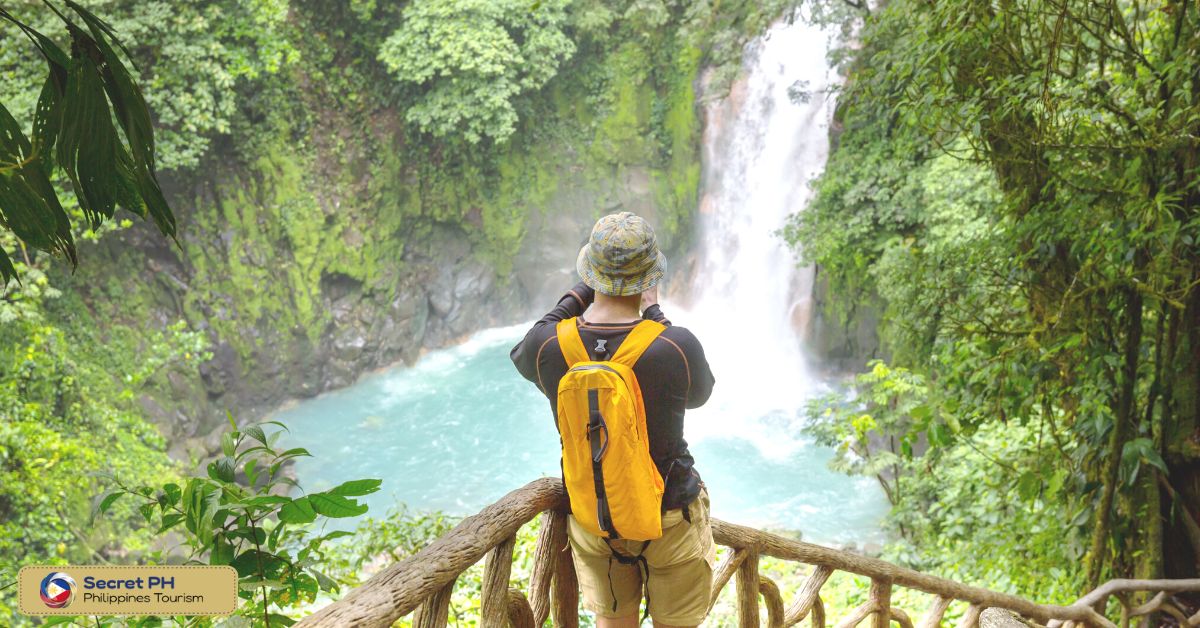
1. Puerto Princesa Subterranean River National Park (Puerto Princesa)
Puerto Princesa Subterranean River National Park, located in the Philippines, is a unique and remarkable ecological system that is well worth exploring. Featuring a subterranean river that is known for being one of the largest of its kind in the world, this park offers incomparable natural beauty on both land and sea.
Beyond its 8.2-kilometer-long underground river, visitors will also find special geological features such as limestone karsts and mangrove swamps. This series of unique ecosystems provide shelter to a wide range of endemic wildlife including birds, monitor lizards, bats, and other species.
Puerto Princesa Subterranean River National Park is truly an amazing location offering both recreational activities and unparalleled educational opportunities for all ages.
- Things to do: Hiking, Bird-watching, Educational Opportunities
- Best time to visit: November to May. The weather is dry during this time and it’s the most ideal for exploring the park.
- What to expect: Unique limestone karsts, mangrove swamps, and a subterranean river that is home to diverse wildlife
Address: Puerto Princesa, Palawan
Phone: (048)4342509
For pictures, booking, and more information, click here.
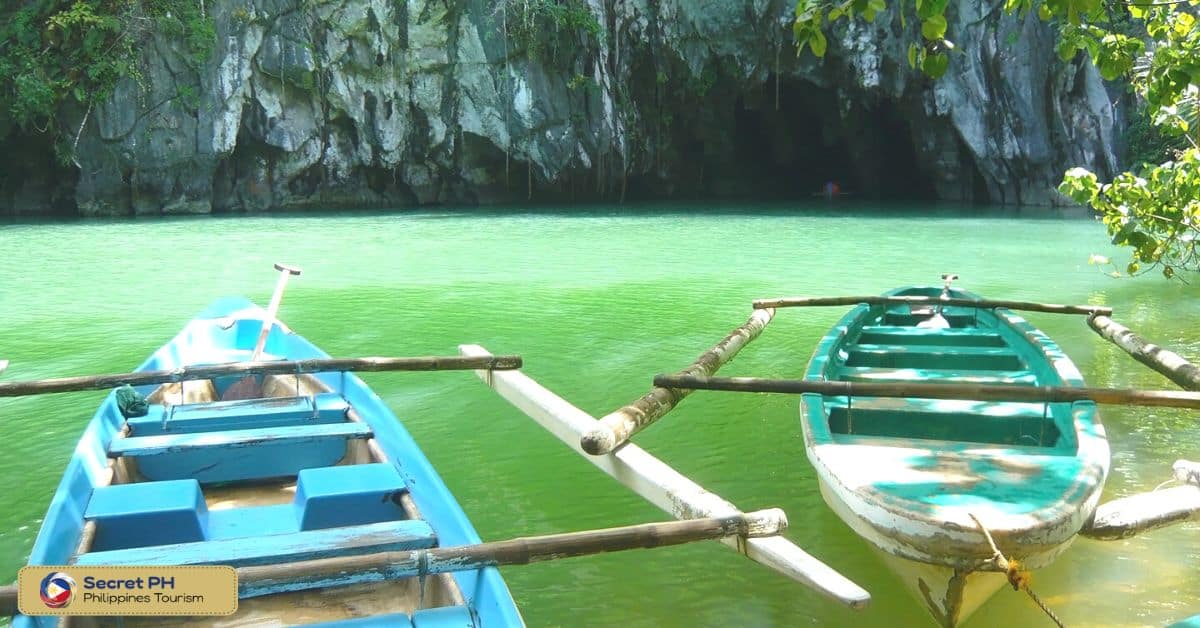
2. Mounts Iglit-Baco National Park (Occidental Mindoro)
Mounts Iglit-Baco National Park is the second-largest national park in the Philippines and covers an area of approximately 300,000 hectares. Featuring a variety of habitats including tropical rainforest, mangrove forests, grasslands, and limestone karsts, this park is home to more than 290 species of birds and over 60 species of mammals.
This special place offers visitors hiking trails through its pristine forests, as well as opportunities for bird-watching, trekking, and other outdoor activities. Visitors can also explore the local culture and learn about traditional ways of life from nearby Indigenous communities.
- Things to do: Hiking, Bird-watching, Trekking
- Best time to visit: December to June
- What to expect: A pristine environment, abundant wildlife, and interesting cultural experiences.
Address: MIBNP PAMO, Airport Road, San Roque 1, San Jose, Philippines
Phone: +639778027290
For pictures, booking, and more information, click here.
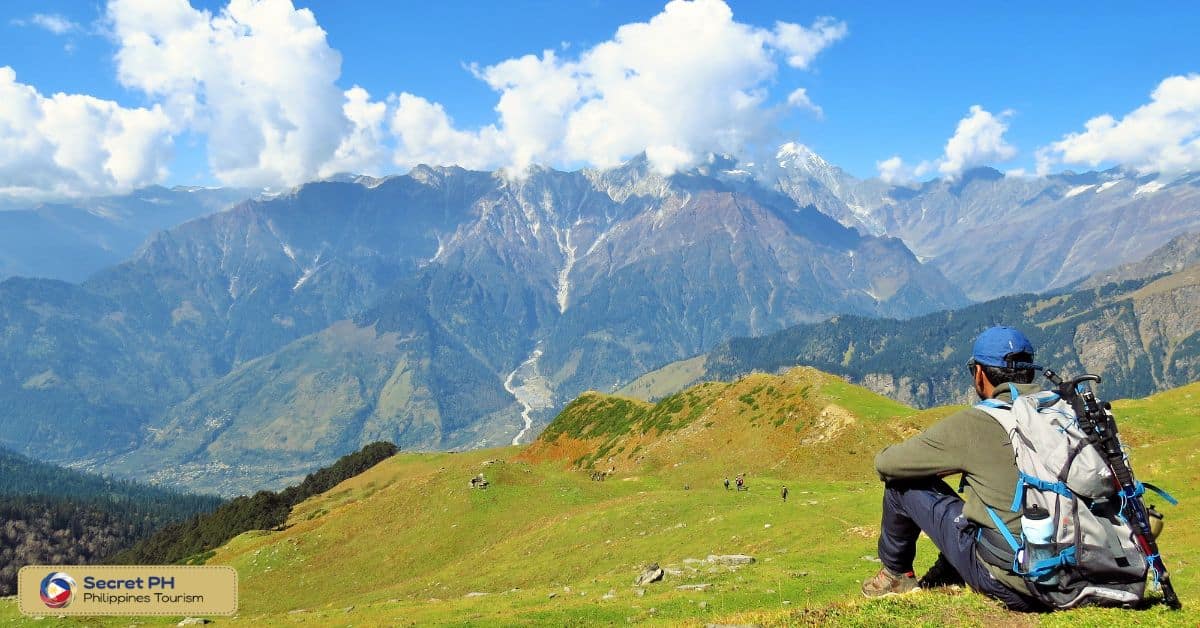
3. Mount Kanlaon Natural Park (Negros Occidental)
Mount Kanlaon Natural Park, located in Negros Occidental, is a popular attraction among local and international visitors. The park boasts an array of exotic flora and fauna, ranging from unique species of endemic trees to rare amphibians.
With breathtaking waterfalls, crystal-clear hot springs, towering ancient trees, and lush rainforests, it provides visitors with a fantastic glimpse of natural beauty. Furthermore, avid adventurers can also explore the numerous walking trails or hike up the intimidating 2,435-meter-high summit of Mount Kanlaon for some rewarding panoramic views.
Visitors wishing to take their experience further will be delighted to learn that the park offers guided tours which include birdwatching sessions or coral reef snorkeling trips. All in all, Mount Kanlaon Natural Park promises an unforgettable journey through nature’s wonders.
- Things to do: Nature lovers, hikers, adventurers, and birdwatchers.
- Best time to visit: October to April. The weather is usually pleasant during this period and there are fewer chances of rain.
- What to expect: Magnificent views of endemic trees and plants, diverse wildlife, ancient forests, crystal-clear hot springs, towering waterfalls, and coral reef snorkeling trips.
Address: DENR- PASu, Mt. Kanla-on Natural Park 6100 Bacolod CIty, Philippines
Phone: +639955342430
For pictures, booking, and more information, click here.
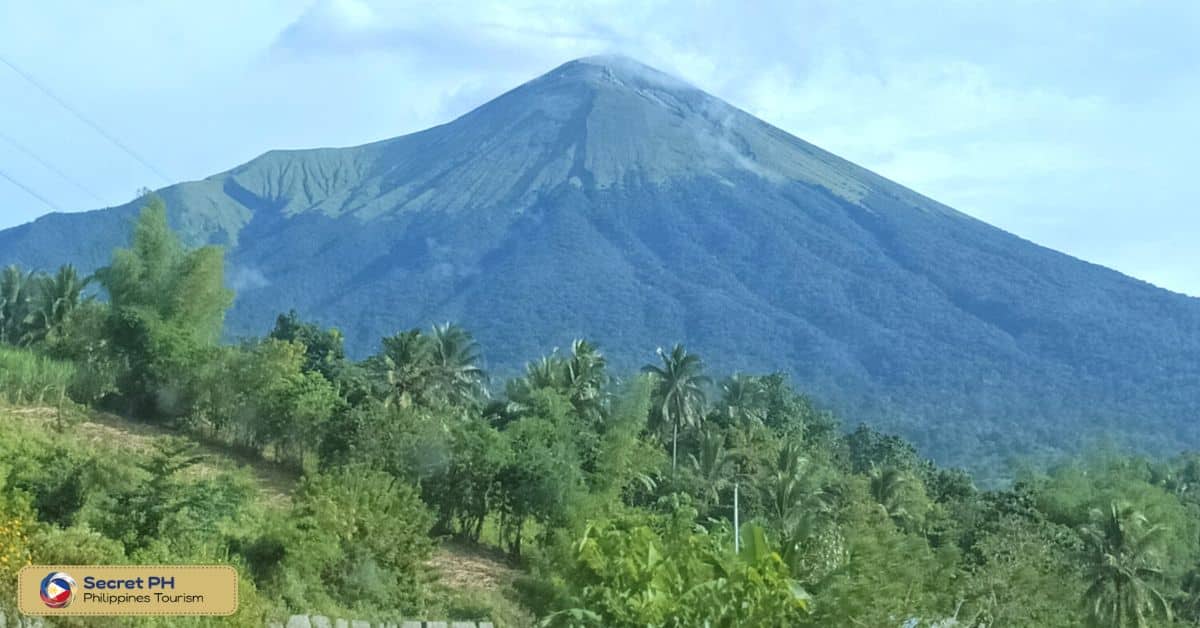
4. Mt. Apo Natural Park (Davao)
Mount Apo Natural Park is the largest national park in the Philippines, located in Davao. It has been a designated National Park since 1936 and is well-recognized around the world for its deep ravines, waterfalls, craggy peaks, and rich flora and fauna.
As one of the most well-deserved tourist attractions in the country, it offers an array of activities from mountaineering to camping and bird watching. Mt. Apo Natural Park is a great place to explore and experience the beauty of nature.
- Things to do: Hiking, camping, bird watching, and photography
- Best time to visit: November to May
- What to expect: Trails, lush forests, waterfalls, craggy peaks, and a variety of wildlife.
Address: X7Q9+3J9, Mt. Teril, Kapatagan,, Digos City, Davao del Sur
Phone: +639682230613
For pictures, booking, and more information, click here.
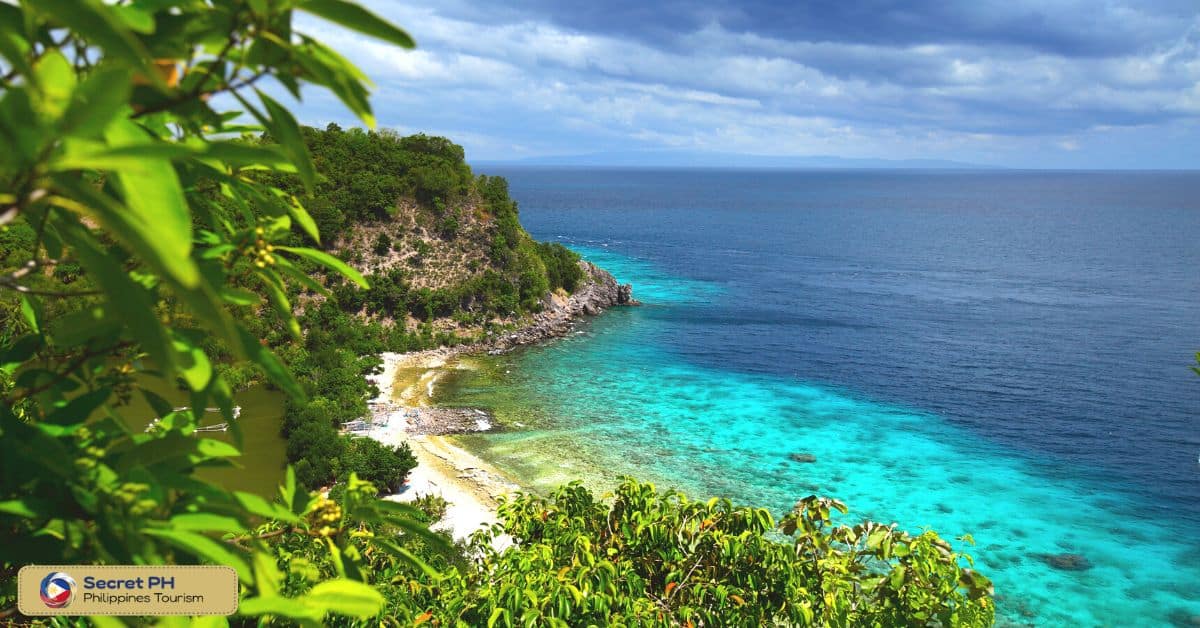
5. Mt. Pulag National Park (Benguet)
Mt. Pulag National Park is a popular destination for hikers, campers, and nature lovers alike. Located in Benguet province, this national park is a sprawling reserve that covers an area of more than 11,500 hectares. It’s a stunning mountain range covered in verdant forests with many peaks stretching up to 2,922 meters.
Hikers flock to Mt Pulag for the challenge of its trails and the reward of its wilderness. The most popular trekking trails are the Akiki Trail and Ambaguio Trail, but there are also other trails suitable for beginners and experienced climbers.
There are plenty of camping sites to choose from that offer breathtaking views and the chance to see wildlife like deer, civets, wild pigs, and a variety of rare mountain birds. The park is also home to the critically endangered Philippine Eagle and many other species of birds.
- Things to do: Hiking, camping, birdwatching, photography, and other recreational activities
- Best time to visit: October to February
- What to expect: Rugged terrain, spectacular views of the Cordillera mountains, and a chance to spot rare wildlife.
Address: HVXX+3C5, Kabayan, Benguet
Phone: +639498223922
For pictures, booking, and more information, click here.
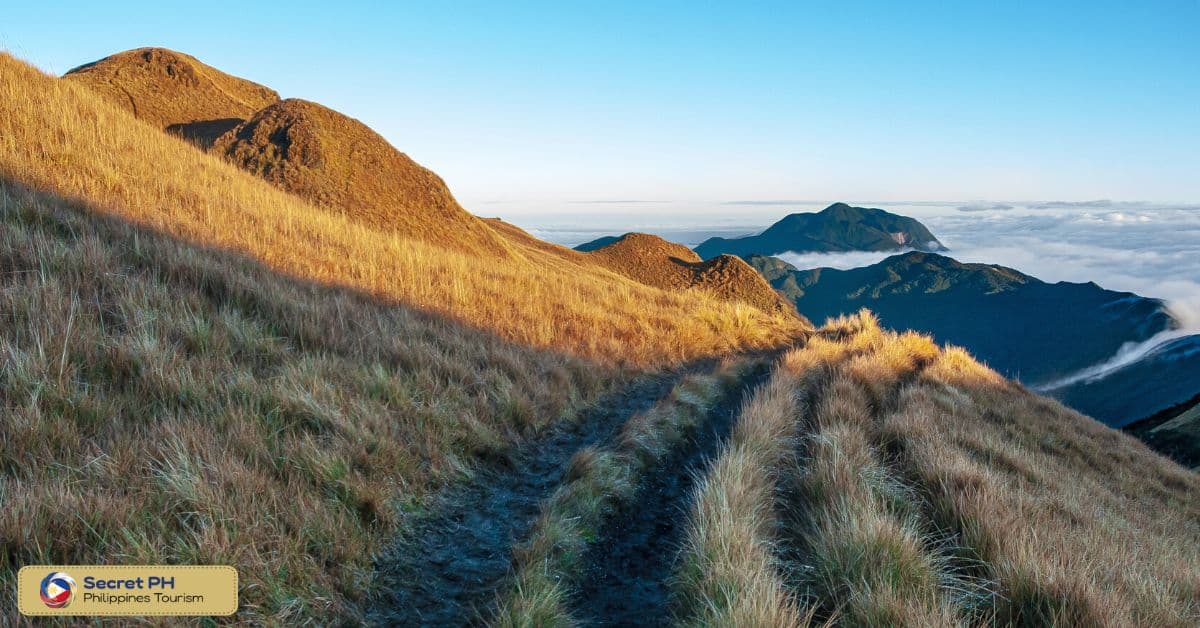
6. Hundred Islands National Park (Pangasinan)
Hundred Islands National Park, located in Pangasinan, Philippines, is a protected area renowned for its 124 limestone islands and islets. A unique geological formation that dates back millions of years ago, this national park encompasses the islands formed by numerous seabed limestone rises.
As the archipelago covers an extremely large area of 15 kilometers squared, there are plenty of activities that await visitors. With shallow reefs, mangroves, small caves, and hidden lagoons, adventurers are always kept active as they explore picturesque lagoons and crystal-clear waters.
Bird watching is also a popular activity here as Hundred Islands National Park is home to some incredible species of native Philippine birds including species of kingfisher and barn owls. For those looking for a tropical paradise setting with white sand beaches and unspoiled coral reefs, there’s no better place than Hundred Islands National Park.
- Things to do: Swimming, snorkeling, diving, bird-watching, boating
- Best time to visit: March to May
- What to expect: Plenty of islands, shallow reefs, mangroves, small caves, and lagoons.
Address: 623Q+XFF, Alaminos, Pangasinan
Phone: (075)5512505
For pictures, booking, and more information, click here.
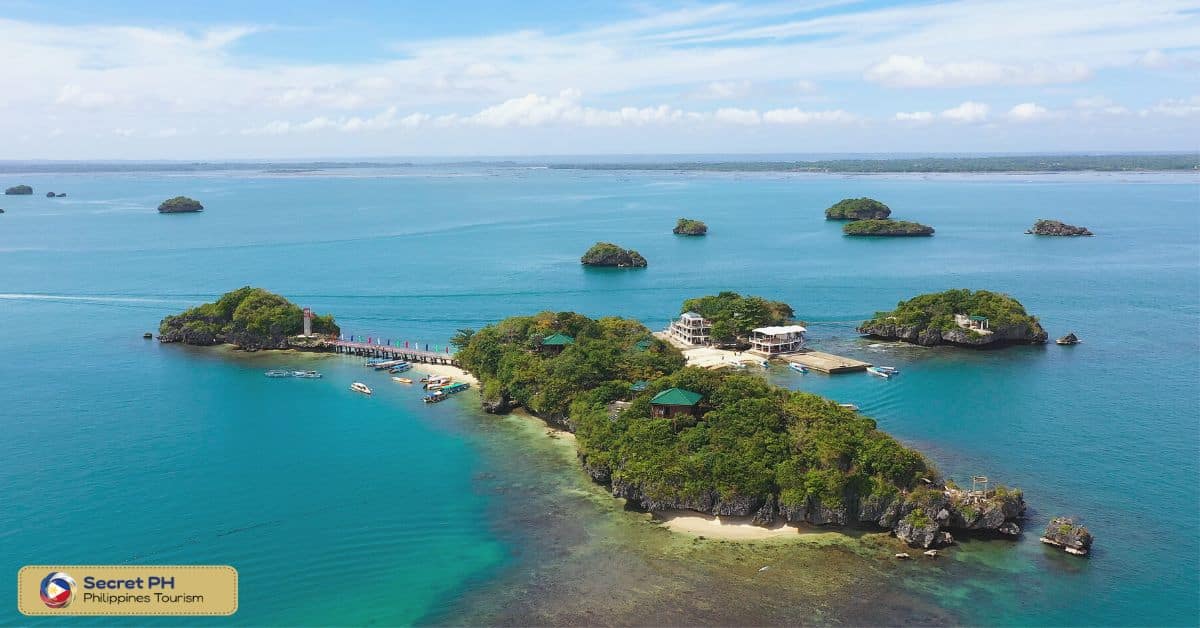
7. Aurora Memorial National Park (Aurora)
Aurora Memorial National Park is located in the province of Aurora and has a great deal to offer visitors. This park is rich in flora and fauna, making it a popular destination for those wishing to discover and observe the natural world.
It homes to a variety of trees, plants, animals, and birds. It also features small lakes and waterfalls, which add to the picturesque scenery. Visitors can explore a variety of trails, both long and short, from which they can observe the plants and wildlife.
The park is also home to a few cultural sites, such as the remnants of an ancient volcano and several old cemeteries. Visitors can also find some well-preserved Spanish colonial buildings. Aurora Memorial National Park is a great place to spend time with family and friends, as it offers something for everyone.
- Things to do: Hiking, bird-watching, wildlife-viewing, cultural sites
- Best time to visit: October to February
- What to expect: A variety of trees and plants, wildlife, signs of ancient volcanic activity, Spanish colonial buildings, and small lakes and waterfalls.
Address: Nueva Ecija – Aurora Road, Baler, Luzon 3200 Philippines
Phone: (04)27245131
For pictures, booking, and more information, click here.
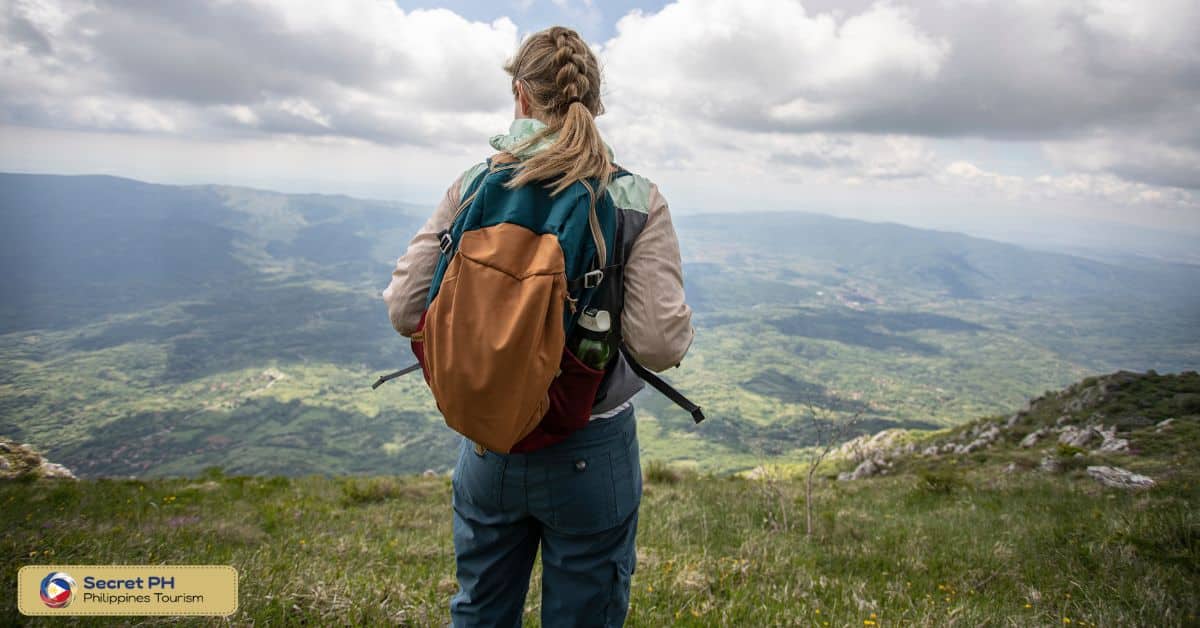
8. Minalungao National Park (Nueva Ecija)
With its verdant plains and limestone cliffs, Minalungao National Park (MNPN) in Nueva Ecija is a stunning natural paradise. It encompasses the Pulangui River, creating idyllic scenes of tranquility with its myriad of clear pools.
The park is relatively easy to access, only an hour away from Cabanatuan City, making it ideal for weekend trippers looking for a great way to enjoy the outdoors. Boating and swimming are popular activities, while more adventurous types can go caving or zip-lining.
In recent years, MNPN has become known for its impressive array of wildflowers, increasing in diversity based on the time of year. There are also a variety of bird species that attract twitchers and observers alike. Truly MNPN is an amazing place to appreciate nature’s wonders while making lasting memories with your family or friends.
- Things to do: Boating, swimming, caving, zip-lining, and bird watching
- Best time to visit: November to May. The weather is generally dry and pleasant during this period.
- What to expect: Verdant plains, limestone cliffs, Pulangui River, and clear pools, along with an array of wildflowers and bird species.
Address: 74XC+5C5, General Tinio, Nueva Ecija
Phone: +639202259652
For pictures, booking, and more information, click here.
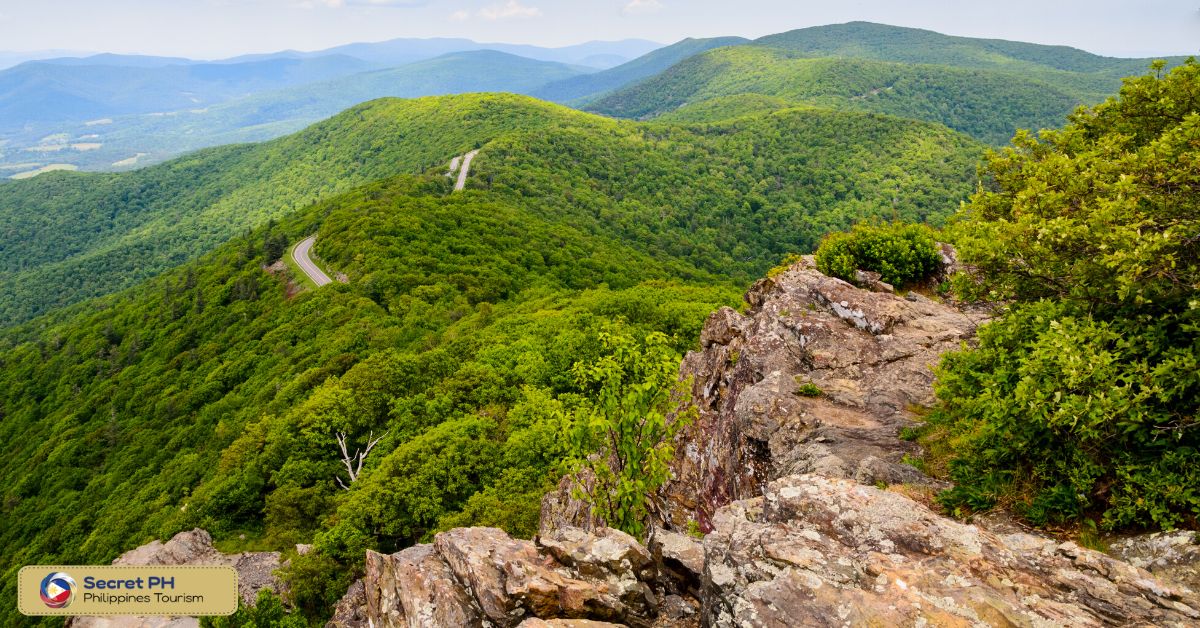
9. Fuyot Springs National Park (Isabela)
Fuyot Springs National Park, located in the northern province of Isabela in the Philippines, is a sanctuary for both flora and fauna. It provides scenic fun and activities with family-friendly camping areas surrounded by lush green scenery.
Distinctively housing more than 110 bird species, 15 bat species, and 24 kinds of mammals, particularly cloud rats, wild boars and monitor lizards, Fuyot Springs National Park features 12 cascading waterfalls on the headwaters of Ibulao River.
It offers a variety of sites to enjoy including bubbling streams with crystal-clear water ideal for swimming and fishing, nature trails with rare wildlife viewing, and hot springs perfect for relaxing soaks—all these attractions are available within this 840-hectare protected area.
- Things to do: Swimming, fishing, wildlife viewing, relaxing soaks
- Best time to visit: November to April
- What to expect: 12 cascading waterfalls, bubbling streams with crystal clear water, nature trails, and rare wildlife.
Address: 5XH8+8HP, Ilagan, 3300 Isabela
Phone: (078)6522622
For pictures, booking, and more information, click here.
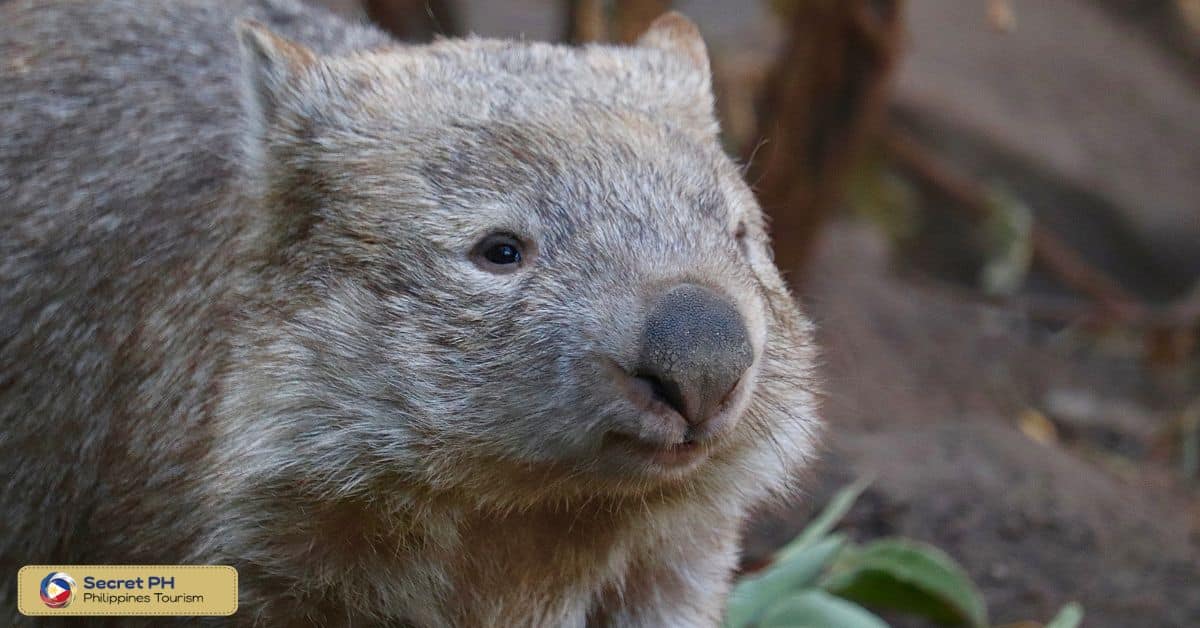
10. Bataan National Park (Bataan)
Located in the Central Luzon region of the Philippine archipelago, Bataan National Park is an area filled with magnificent natural attractions. Comprised of both land and sea, this protected space covers more than 1,200 hectares and provides visitors with a wide variety of recreational activities to engage in.
The park contains numerous species of flora and fauna, along with different mountainous sceneries that captivate visitors with their breathtaking beauty. It also houses several sites related to World War II, providing ample opportunity to learn more about this intriguing period of history.
With abundant wildlife-watching opportunities, stunning landscapes, and adventure sports such as snorkeling and wakeboarding available within its boundaries, Bataan National Park is sure to enchant any nature lover looking for thrills and memorable experiences.
- Things to do: Bird watching, wildlife viewing, snorkeling, wakeboarding
- Best time to visit: October to April
- What to expect: Abundant wildlife, stunning landscapes, and historical sites related to World War II.
Address: P96G+WF4, Samal, Bataan
Phone: +639176716995
If you want to visit this place, check the directions here.
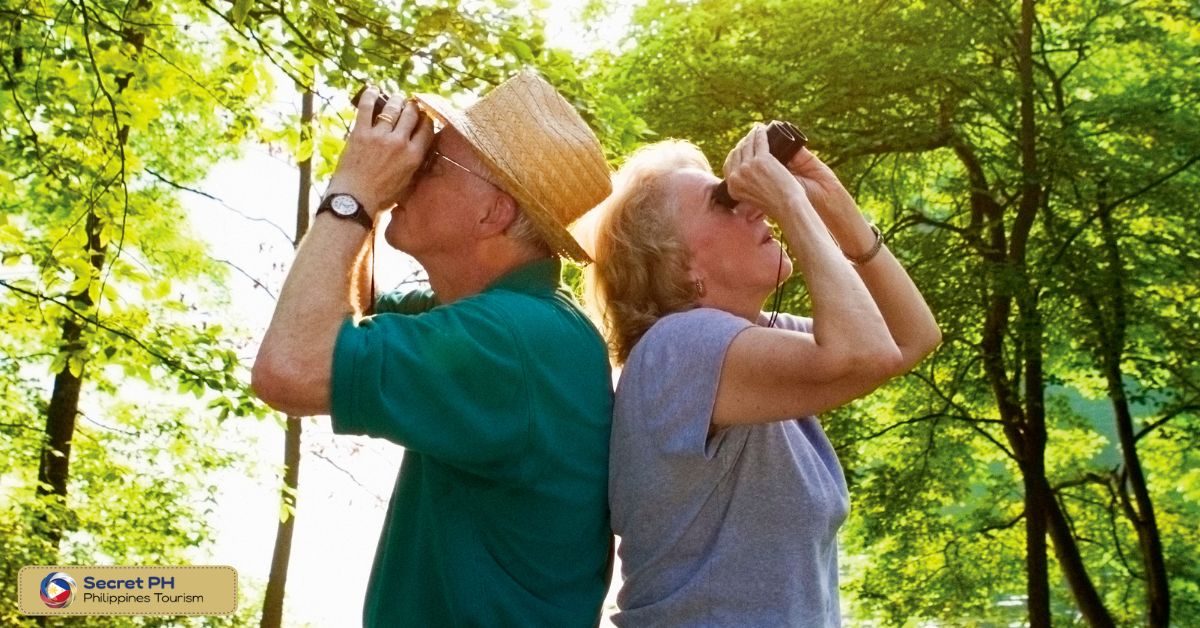
11. Mt. Isarog National Park (Camarines Sur)
Mt. Isarog National Park is a protected area located in the province of Camarines Sur, about 400 kilometers south of Manila. It is a 1,847-hectare rainforest containing numerous species of trees, plants, and animals.
The park offers visitors many activities to enjoy. Hikers and campers can traverse the park’s trails, while nature enthusiasts can look out for some of the rare species of birds and animals that call the park home. A park is also a great place for swimming and fishing.
Finally, Mt. Isarog National Park is an important cultural site, as it is home to several traditional villages and ancestral sites. Visitors can learn more about the people and culture of the area by visiting the local communities.
- Things to do: Hiking, camping, birdwatching, swimming, fishing, and cultural exploration
- Best time to visit: November to April
- What to expect: A vast rainforest with a rich variety of flora and fauna, as well as traditional villages and ancestral sites.
Address: M96C+XCM, Calabanga, Camarines Sur
Phone: +63946946 8521
For pictures, booking, and more information, click here.
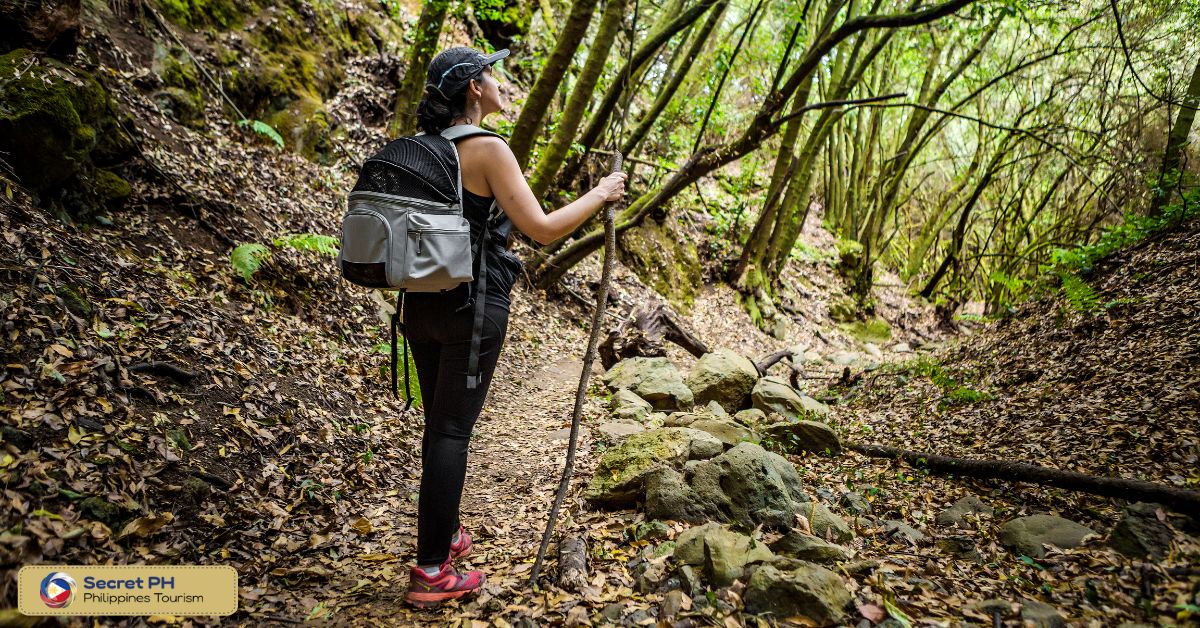
12. Sohoton Caves & Natural Bridge Park (Samar)
Sohoton Caves & Natural Bridge Park in Samar is an incredible destination for nature lovers and adventure enthusiasts. The park offers a plethora of activities including kayaking, swimming, and exploring the mammal’s caves carved by the sea.
It is home to two breathtaking waterfalls, ideal for an adrenaline-pumping rappel descent adventure. Other highlights of the park include impressive rock formations and beautiful lagoons full of diverse fish.
The beauty of Sohoton Caves & Natural Bridge Park makes it a must-visit destination when on holiday in Samar. It will provide visitors with a unique experience to explore and appreciate its charming natural scenery during their stay.
- Things to do: Kayaking-Swimming-Cave exploring-Rappelling
- Best time to visit: October-March
- What to expect: Two waterfalls, rock formations, and lagoons full of diverse fish and mammals.
Address: 9548+8W6, Basey, Samar
Phone: +639186434987
For pictures, booking, and more information, click here.
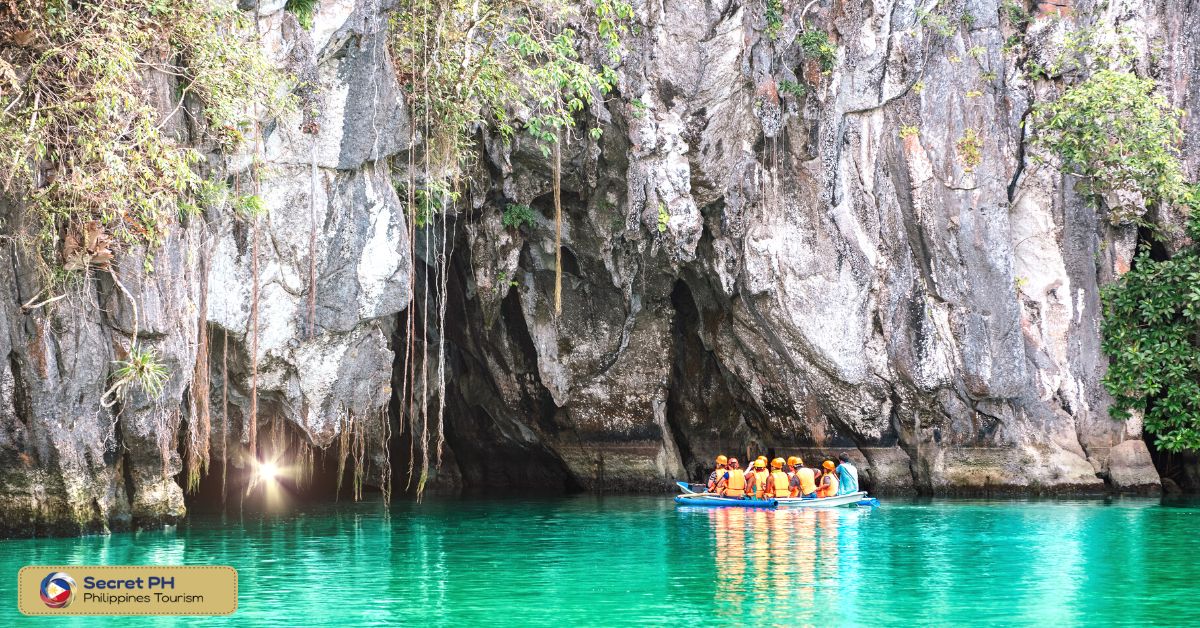
Tips for Exploring the National Parks of the Philippines
Exploring the national parks of the Philippines can be an incredible adventure, but it requires some preparation and planning. Here are some tips to help you make the most of your experience:
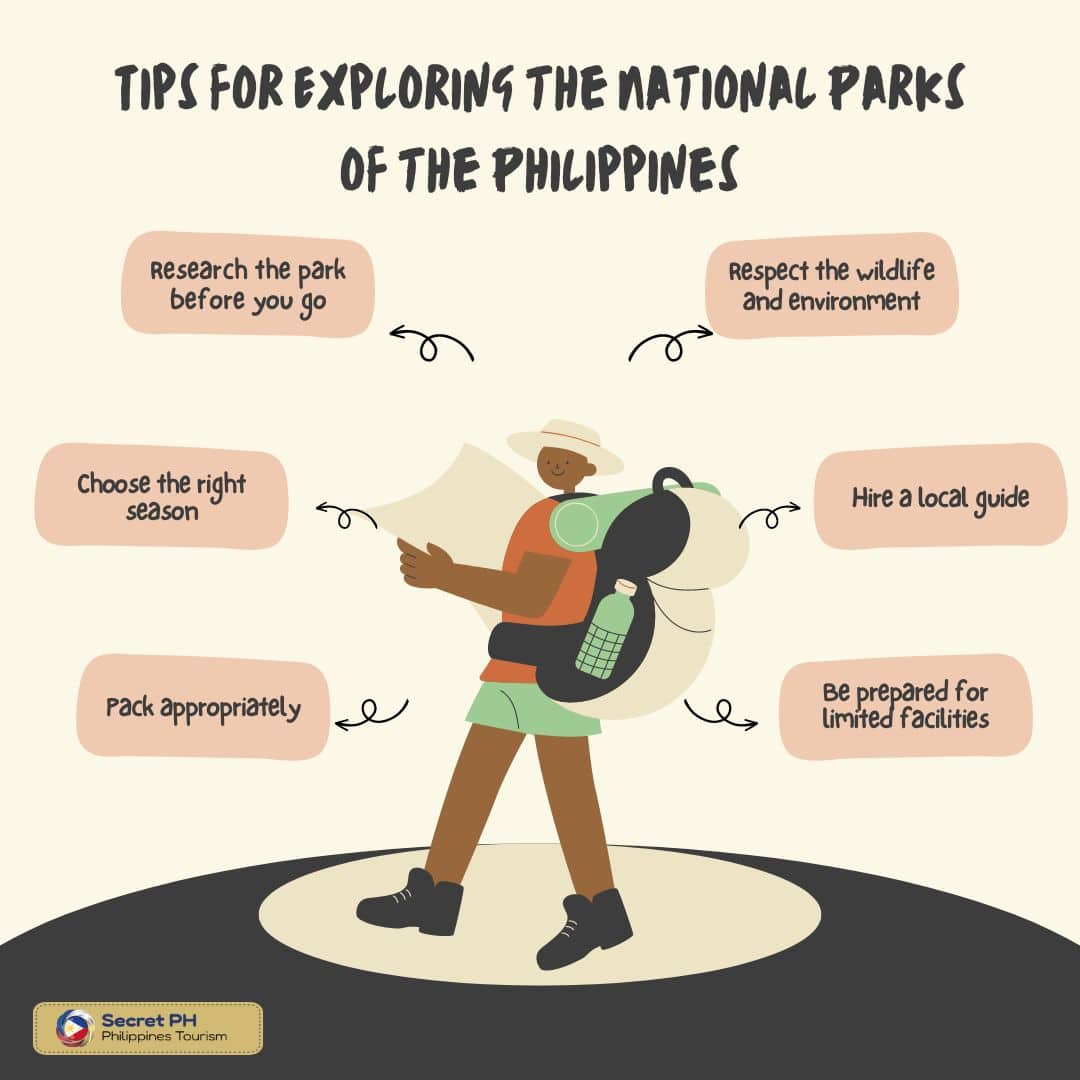
Research the park before you go
Each national park in the Philippines has its unique features, attractions, and regulations. Before you go, research the park you plan to visit, including its geography, wildlife, history, and any rules or restrictions that may apply. This will help you prepare for your visit and ensure that you have the right gear and knowledge to stay safe and protect the park.
Choose the right season
The Philippines has a tropical climate, which means that certain times of year are more favorable for outdoor activities than others. Before you plan your trip, consider the weather and season in the park you want to visit. For example, some parks may be more accessible and pleasant to visit during the dry season, while others may have more wildlife sightings or better water visibility during the wet season.
Pack appropriately
When exploring the national parks of the Philippines, you’ll need to be prepared for various terrain, weather conditions, and activities. Some essential items to pack include sturdy hiking boots, appropriate clothing for the climate, a hat, sunscreen, insect repellent, a first aid kit, and plenty of water and snacks. If you plan to camp or stay overnight, bring a tent, sleeping bag, and other camping gear.
Respect the wildlife and environment
National parks in the Philippines are protected areas, and visitors have a responsibility to help preserve them. When exploring the parks, avoid disturbing wildlife, littering, or damaging the environment. Follow park rules and regulations, stay on designated trails, and do not remove any plants or animals.
Hire a local guide
Many national parks in the Philippines have local guides available to hire. Hiring a guide can enhance your experience by providing insight into the park’s history, culture, and environment. They can also help keep you safe and ensure that you don’t miss any must-see sights.
Be prepared for limited facilities
Many national parks in the Philippines are remote and have limited facilities, such as bathrooms, food options, and accommodations. Before you go, research what facilities are available and plan accordingly. Bring extra food, water, and supplies in case you need them, and be prepared to camp or stay in basic accommodations.
Exploring the national parks of the Philippines can be an unforgettable experience. By following these tips, you can make the most of your trip and help protect these natural wonders for future generations.
In Conclusion
The Philippines is home to a stunning array of national parks. From Aurora Memorial National Park in the north to Sohoton Caves & Natural Bridge Park in the south, each park offers unique opportunities for exploration and adventure.
Whether you’re looking for wildlife spotting or outdoor activities, there is something for everyone in the Philippines’ national parks. Be sure to do your research before you go, pack appropriately, and follow the rules to ensure a safe and enjoyable visit.


